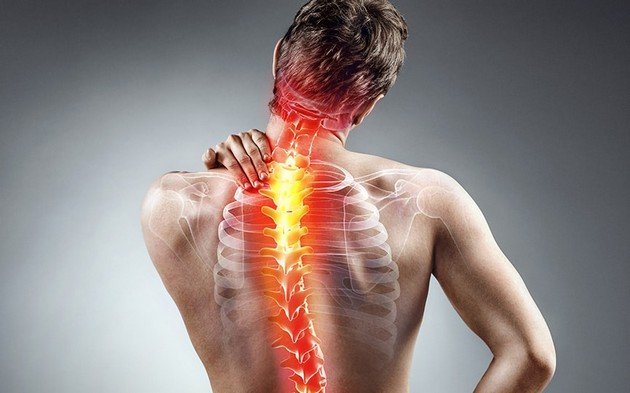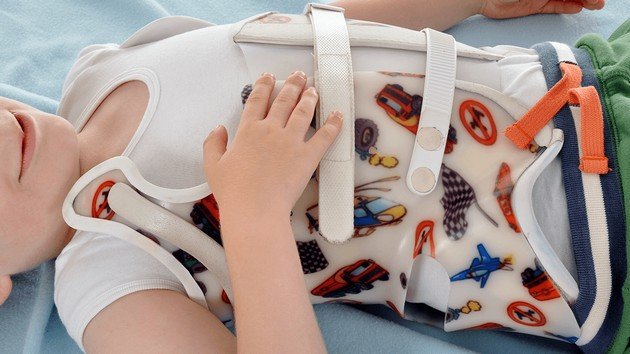Depending on the cause of its occurrence, as well as the type of curvature, there are several types of scoliosis. In some cases, especially in children and teenagers, it is recommended to wear a prosthesis, while in more serious cases in adults, there may be a need for surgery. What else should you know about scoliosis?
Scoliosis is a curvature of the spine and can occur in people of any age.
It is important to know that generally scoliosis is not a sign of a serious health problem and in some cases the condition of the spine can improve with appropriate treatments.
A few (basic) things about scoliosis that are good to know
Although it can occur in anyone, scoliosis most often occurs between the ages of 10 and 15.
According to the American Association of Neurological Surgeons , scoliosis occurs in 2-3% of the population.
While most cases are mild, the risk is higher in females. That is, in females there is an eight times greater risk of scoliosis worsening and requiring treatment.

There are several types of scoliosis depending on the cause of its occurrence.
The most common type is the so-called adolescent idiopathic scoliosis, which is usually diagnosed during puberty.
It is still debated whether improper sitting and posture increase the risk of this type of scoliosis.
The second type is congenital, also called congenital scoliosis.
In this case, the deformities occur in the embryonic stage of development. Since the deformities are already visible at birth, this type of scoliosis is diagnosed at a much earlier age.
The third type is neuromuscular scoliosis which, in a way, is a symptom of a neurological or muscular disease. Neuromuscular scoliosis can be a sign of cerebral palsy or be caused by spinal injuries, muscular dystrophy, and the like.
Types of scoliosis can also be classified according to the type of curvature of the spine.

What are the symptoms of scoliosis and how is it diagnosed?
There are some physical signs that indicate scoliosis. If you notice them (in yourself or in your child) it is recommended to see a doctor.
In addition to the obvious curvature of the spine, some of the most common symptoms are:
- Unequal shoulders – it is possible that one or both shoulder blades are bulging.
- Unevenly placed hips
- Unevenly placed chest
- Tilting of the whole body to one side
- Some patients may also experience back pain.
If the patient shows some of the listed symptoms, doctors do various tests to determine if it is scoliosis.
Is there a cure for scoliosis?
Once a diagnosis is made, depending on the type and severity of scoliosis, doctors may recommend several treatments.
First of all, they take into account several risk factors, such as :
- Age – is the patient’s spine still growing and developing
- Degree of curvature – how crooked the spine is and what impact it has on the patient’s life
- Location of the warp
- Possibility of worsening scoliosis

Once these factors are determined, appropriate treatment , such as prostheses or surgery, is determined.
Sometimes in babies and very young children there is no need for treatment because in many cases there is a possibility that the spine will straighten itself.
In children, whose spine is still developing, doctors usually recommend prostheses.
A brace generally won’t “correct” scoliosis, but it can prevent further curvature.
The braces are worn for several hours a day (usually between 13 and 16). When the spine stops developing, that is, the child will no longer grow in height, the prosthesis stops being worn.
There are several types of scoliosis surgery that are performed on adults and are generally recommended for more serious cases.

Is a comfortable life possible with scoliosis?
In general, scoliosis does not cause pain or other health problems. At the same time, when the body stops growing, in most cases the scoliosis does not get worse.
This means that people with scoliosis can lead a normal life and perform various activities without problems, including exercise.
However, braces worn by children and teenagers can cause self-esteem issues due to their appearance.
If your child wears a prosthesis, it is important to help him deal with the psychological consequences. If there is a need, do not hesitate to take him to talk to a professional.